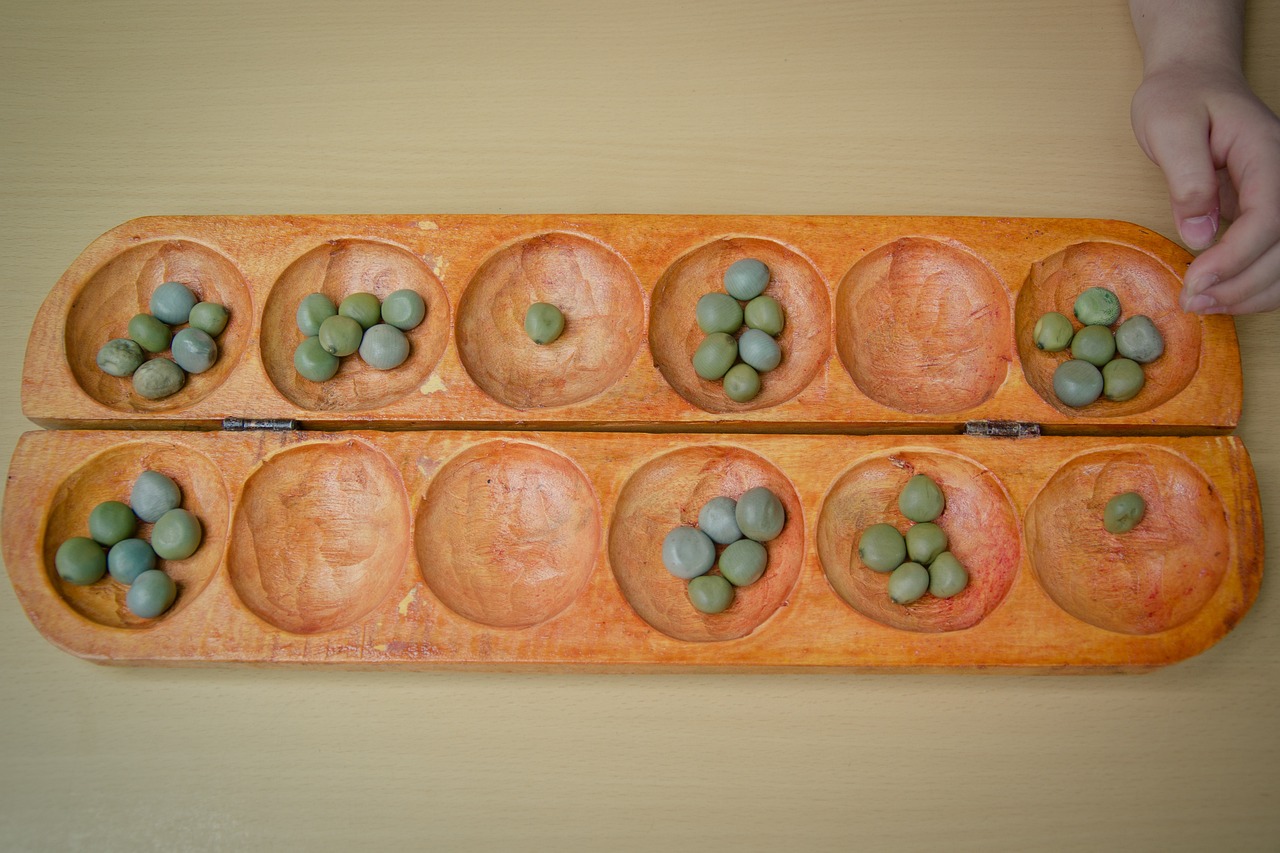Image by TheUjulala from Pixabay
What is a Noun Class?
If you’ve studied languages other than English, there’s a good chance that you’re familiar with grammatical gender. That is, every noun is either grammatically masculine or feminine, or perhaps masculine, feminine, or neuter, or even so-called common gender or neuter, depending on which language you’ve studied. The gender of a noun typically determines things like articles (the or a), adjective agreement, choice of pronoun, and so on.
Swahili doesn’t have grammatical gender, but it does have noun classes. Noun classes are similar to gender in that every noun in Swahili belongs to one of these classes. There are nine noun classes in Swahili, and each one has a singular and a plural, giving us a total of eighteen, a few of which are fairly uncommon. Noun classes sometimes are formed around semantic categories, for example nouns referring to people and animate beings tend to belong to the A-Wa noun class. But you can’t always depend on generalizations to guess which class a given Swahili noun belongs to, so it’s important to memorize the class of each new noun you learn. Because, as you’ll see in the next section, the noun class determines a lot of grammar related to the noun.
Why Do Noun Classes Matter?
It’s very important to know which class a Swahili noun belongs to, because this will determine grammatical agreement in the rest of the sentence. For example, the noun class determines which adjective agreement prefix, verbal subject prefix, and verbal object infix is used. The noun class also determines the forms of possessives (my, your, etc.) and demonstrative (this, that, etc.), as well as several other important pieces of grammar. In short, the class of a particular nouns sends ripples through the rest of the sentence and determines the form of many other words associated with that noun. Take a look:
- Kijana huyu mrefu anatoka Kenya.
This tall boy comes from Kenya. - Kisu hiki kirefu kinatoka Kenya.
This long knife comes from Kenya. - Gari hili _refu linatoka Kenya.
This long car comes from Kenya.
These three examples are identical, except for the subject noun. In the first example, kijana (boy) is an A-Wa noun, so the demonstrative is huyu (this), the adjective is mrefu, and the verbal subject agreement prefix is a-. In the second example, kisu (knife) is a Ki-Vi noun, so the demonstrative is hiki (this), the adjective is kirefu, and the verbal subject prefix is ki-. And in the third example, gari (car) is a Li-Ya noun, so the demonstritive is hili (this), the adjective is refu with a “zero” prefix, and the verbal subject prefix is li-.
Let’s look at each noun class you’ll need to be familiar with when learning Swahili. For each one, we’ll give an overview of the class, we’ll mention any semantic generalizations that might help you determine which nouns belong to the class, and we’ll also look at various agreement forms that you’ll use in relation to the noun.
Noun Classes: Two Systems of Classification
If you look in Swahili grammars or online for information on Swahili noun classes, you may come across two different systems. Traditionally, Swahili noun classes were organized based on their singular and plural endings of the nouns themselves. If you like linguistic terminology, you can think of this as a morphological noun class, meaning a noun class defined by the morphology (“word shape,” more or less) of the noun itself. Under this system, Swahili nouns were divided into the following classes:
| Singular Class | Plural Class | Examples | Types of Nouns |
| 1. M- | 2. Wa- | mtoto, watoto (child, children) mtu, watu (person, people) | humans, animate nouns |
| 3. M- | 4. Mi- | mti, miti (tree, trees) mmea, mimea (plant, plants) | plants |
| 5. Ji-/∅- | 6. Ma- | jima, majima (name, names) gari, magari (car, cars) | various |
| 7. Ki-/Ch- | 8. Vi-/Vyi- | kitabu, vitabu (book, books) chumba, vyumba (room, rooms) | tools, man-made inanimate objects |
| 9. N- | 10. N- | ndege, ndege (bird, birds) kalamu, kalamu (pen, pens) | variety of nouns, borrowings |
| 11. U- | (varies) | ubao, mbao (board, boards) utoto (childhood) | inanimate objects, abstract nouns |
| Ku- | — | kusoma (reading, to read) kulala (sleeping, to sleep) | verbal nouns |
| Pa/Ku/Mu | — | mahali (place) nyumbani (at home) | locations, usually with the suffix –ni |
More recently, a syntactic grouping is used, and we’ll follow that system in these posts. This noun classification is based not on the prefixes on the nouns themselves, but rather on the agreement prefixes elsewhere in the sentence that are triggered by the noun. In some cases, these systems overlap, but in many cases, they do not. Let’s look at an easy example.
Under the more traditional morphological/noun-shape system, mtoto/watoto (child/children) is in the M-Wa class, simba/simba (lion/s) is in the N– class, and marafiki (friends) is a Ji-Ma plural. This classification helps you predict the noun plurals, but you have to learn all sorts of exceptions to know which agreement prefixes (on verbs, adjectives, and so on) you would use elsewhere in the sentence. Under the syntactic/agreement-prefix system, all of these nouns belong to the same class, the A-Wa class, because they’re all animate nouns that use those prefixes. Keep in mind that these two systems are describing the same language; they’re just different ways of slicing up the same pie.
The noun classes defined by their syntax are as follows. Click on each one for details and examples.
10. PAKUMU-POKOMO Locative Noun Class
Do you want to learn Swahili?
Check out our other posts on Swahili language, culture, and more. And if you’re looking for convenient and affordable live Swahili lessons with a real teacher, check out The Language Garage Swahili. Our lessons are given online in a virtual classroom, so it doesn’t matter where you live or work. We can come to you. And we have flexible options, with a free trial so that you can decide if there’s a fit. Check us out!





